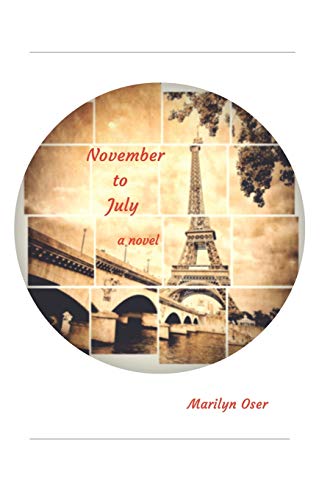November to July
Visiting her Aunt Faye in Paris in 1914, Eleanor Simons volunteers as a nurse and works mainly in the Military Hospital, Val de Grâce, treating men with horrendous facial injuries. She is loved by her patients and admired by the doctors, but grieves for Donaldson, an American trainee pilot killed when his plane crashed. When hostilities cease in November 1918 and Aunt Faye marries Jorg, whom Eleanor dislikes, Eleanor leaves nursing and works behind the scenes at the Paris Peace Conference, which concludes with the signing of the Treaty of Versailles in July 1919.
Eleanor’s viewpoint is a bitter and sceptical account of both the women she works alongside and her keen observations of major international figures, such as Georges Clemenceau, Lloyd George and Woodrow Wilson, as she translates, types, prints, and carries huge piles of documents from committee to sub-committee around the French Ministry for Foreign Affairs. Eleanor is virtually alone in thinking Germany should have been invited, but while the Allies wine and dine in celebration, the Germans are starving to death.
November to July left me with mixed feelings. The author admirably shows how and why the Treaty of Versailles was a total shambolic disaster. It was amended many times but even so helped lead the way to the rise of Hitler and the Second World War.
However, for a novel, there is more “tell” than “show.” A main character should make things happen rather than have things happen to her, and that character should be different from the one we meet in the opening pages. Unfortunately, I disliked Eleanor for much of the time, and this spoiled for me what was otherwise a finely wrought historical novel.










